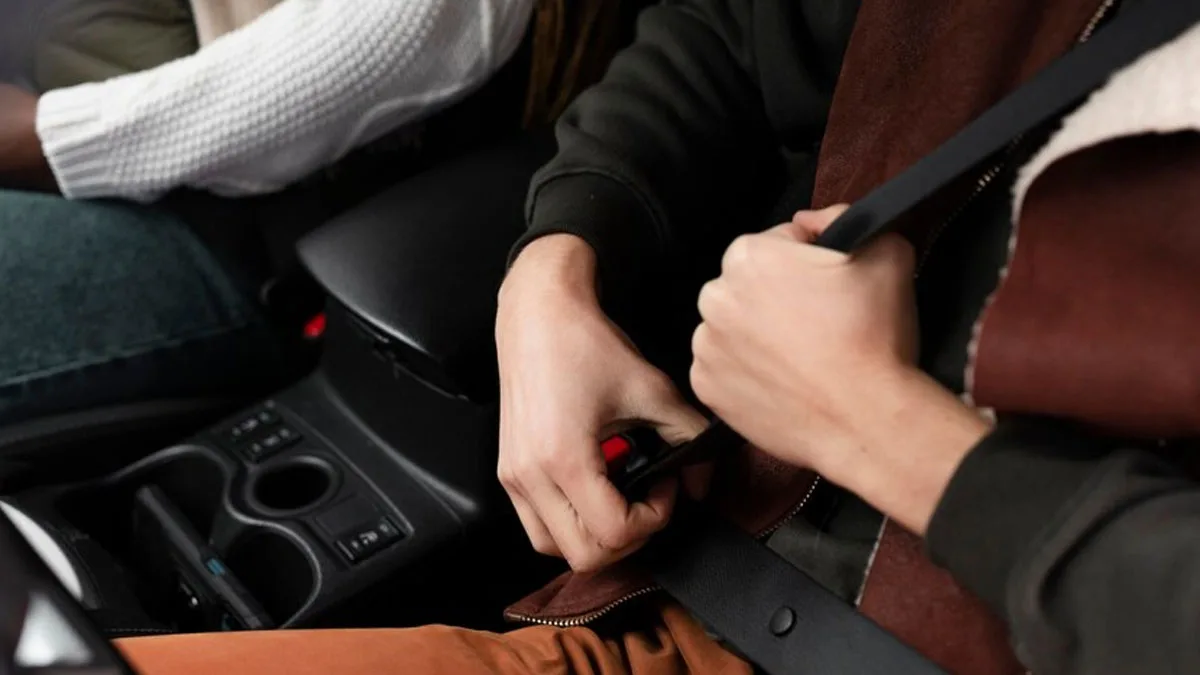Connecticut’s car seat laws are designed to protect children from injuries or death in the event of a car accident. Understanding and adhering to these laws not only safeguards children but also helps avoid potential lawsuits for non-compliance. This article provides a comprehensive overview of Connecticut’s car seat regulations, offering guidance to parents and guardians on how to ensure the safety of young passengers.
Connecticut Car Seat Requirements
Rear-Facing Car Seats
- Age and Weight Requirements: Children must remain in a rear-facing car seat until they are at least 2 years old or exceed the manufacturer’s maximum weight limit for the car seat.
- Placement: The rear-facing car seat should be placed in the back seat of the vehicle.
Forward-Facing Car Seats
- Age and Weight Requirements: Once children outgrow the rear-facing car seat, they must transition to a forward-facing car seat with a harness. This typically applies to children aged 2 to 7 years old, depending on their size and the car seat manufacturer’s recommendations.
- Placement: The forward-facing car seat should be installed in the back seat.
Booster Seats
- Age and Weight Requirements: Children who have outgrown the forward-facing car seat are required to use a booster seat until they are 8 years old or 60 inches tall.
- Placement: Booster seats must be used in the back seat of the vehicle.
Seat Belts
- Requirements: Children aged 8 and up or taller than 60 inches must use the vehicle’s seat belt. The seat belt should fit properly, with the lap belt lying snugly across the upper thighs and the shoulder belt crossing the chest and shoulder.
Penalties for Non-Compliance
Failure to comply with Connecticut’s car seat laws can result in fines and points on the driver’s license. The initial fine for a car seat violation is $199 per offense. Repeated violations can lead to increased penalties and potential involvement in child welfare investigations in cases of gross negligence.
Best Practices for Car Seat Safety
- Installation: Ensure that the car seat is installed according to the manufacturer’s instructions and fits tightly in the vehicle. It should not move more than an inch side-to-side or front-to-back when tested at the base.
- Proper Fit: Regularly check that the harness is snug and the chest clip is at armpit level to prevent slippage during an accident.
- Seat Selection: Choose a car seat based on the child’s age, weight, and height, ensuring it meets or exceeds safety standards set by the National Highway Traffic Safety Administration (NHTSA).
- Avoid Second-Hand Seats: Do not use second-hand car seats without knowing their full history, including any involvement in car accidents or recalls.
References
- Connecticut Department of Motor Vehicles, “Child Passenger Safety,” https://portal.ct.gov/DMV/Common-Elements/Common-Elements/Child-Passenger-Safety
- National Highway Traffic Safety Administration (NHTSA), “Car Seat Recommendations for Children,” https://www.nhtsa.gov/car-seats-and-booster-seats/car-seat-recommendations-children









Leave a Reply